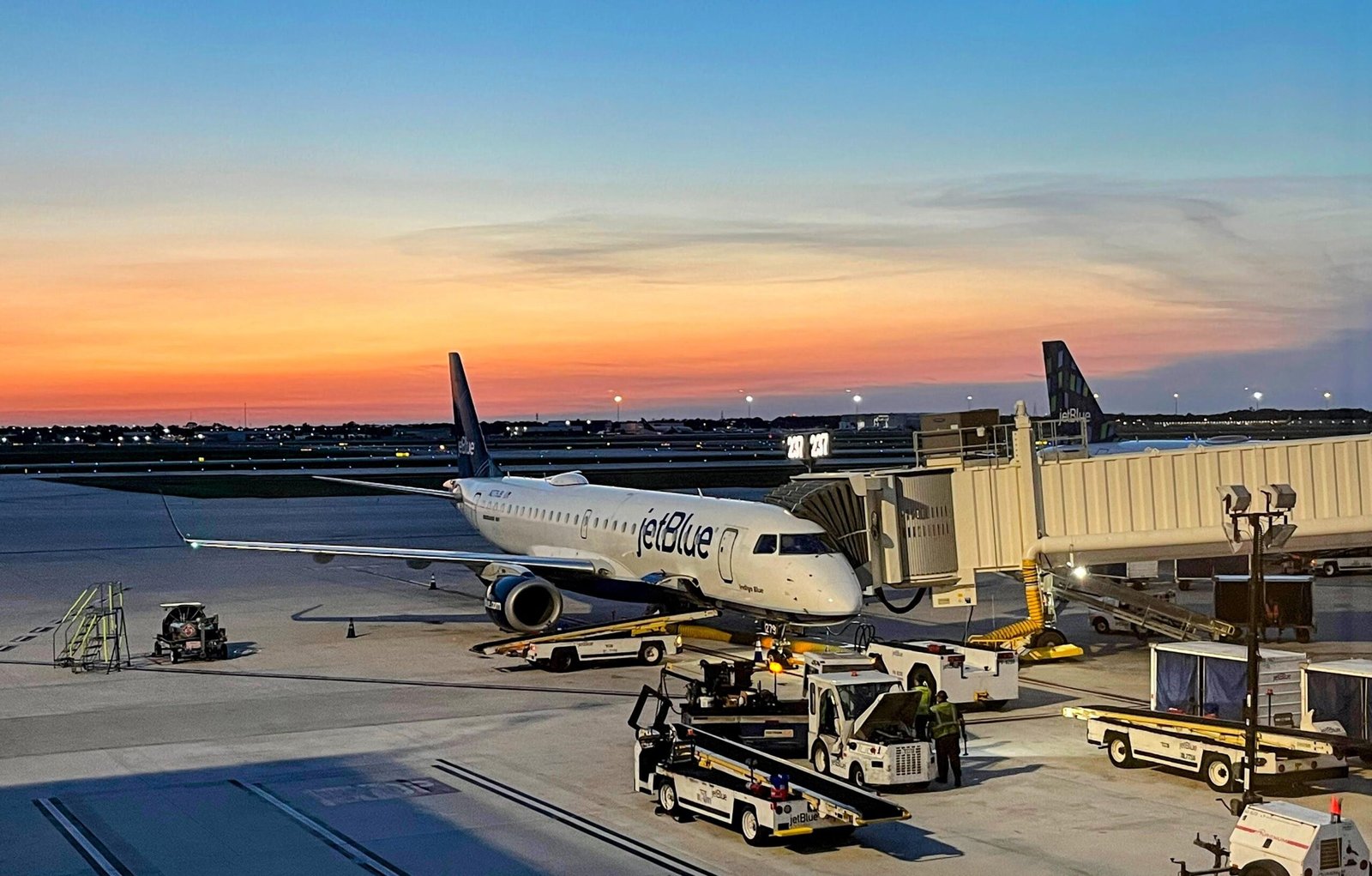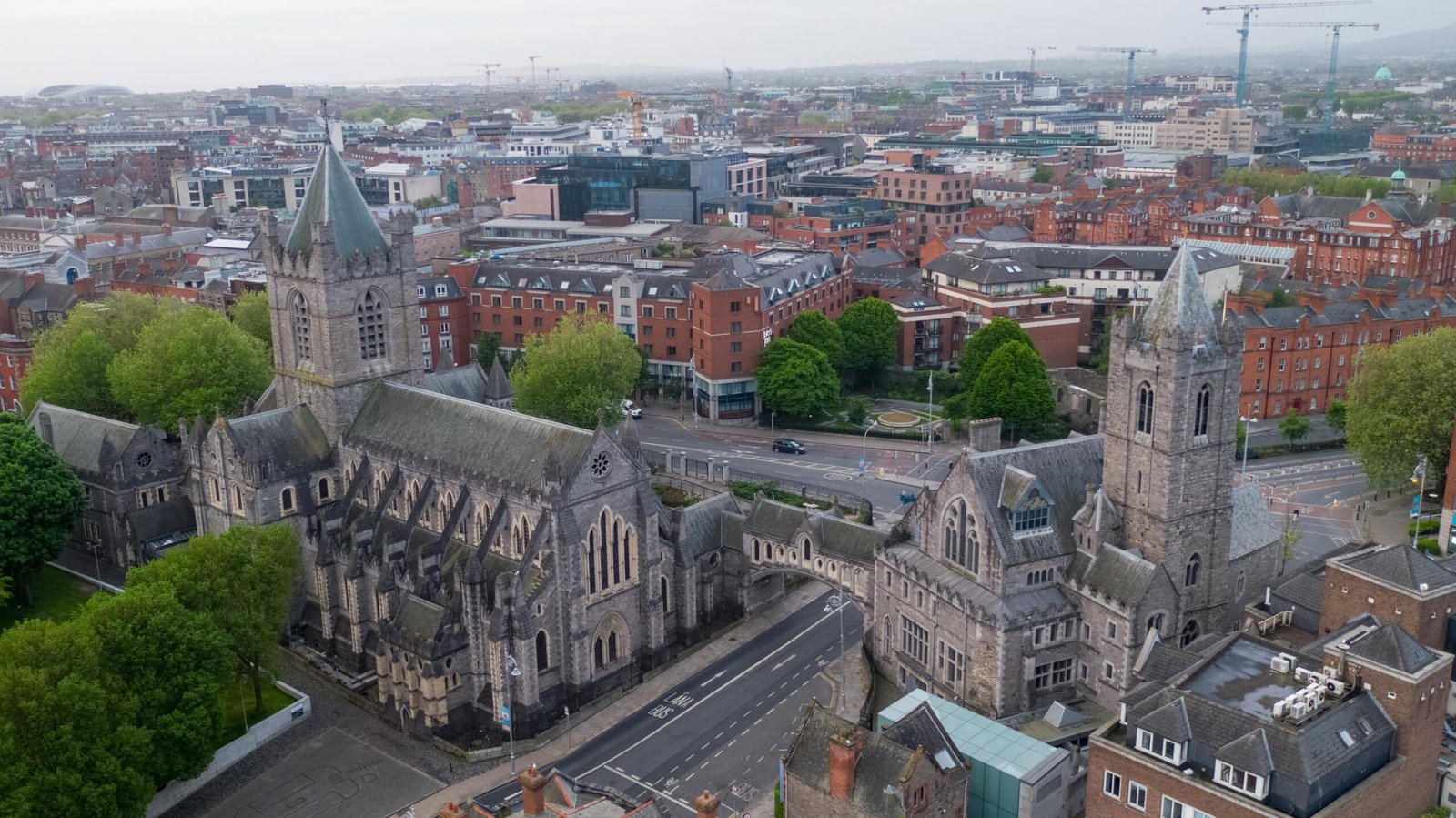
Brussels, the capital of Belgium and the administrative center of the European Union, is a city that perfectly blends old-world charm with contemporary flair. This is evident when strolling through its eclectic neighborhoods and its historic center, crowned by the magnificent Grand-Place, a UNESCO World Heritage Site. Despite its role as a political hub and the home to some of the finest chocolatiers, Brussels can be budget-friendly if you know where to look.
Getting from/to Brussels Airport
Fortunately, Brussels Airport is well connected to the city center, making it a straightforward and cost-effective trip. The Airport Bus Line 12 is one of the best ways to reach the city on a budget, costing €7,50 one way if you buy a ticket at the GO vending machine or €7 onboard when paying with a contactless card.

Another option is to take the train from the airport to Brussels Central Station and from there, connect to other parts of the city. The train offers different fares depending on the type of ticket and passenger.
Getting around
In Brussels, the public transport system is both efficient and cost-effective, making it a great choice for getting around the city. The STIB/MIVB network operates the metro, trams, and buses, and offers different ticket options.

For instance, you can save by purchasing a BRUPASS multi-ride card for €16.80 and is valid for 10 journeys. A single fare costs €2.10, while a 1-day unlimited ticket costs €8.00 or €7.50 with contactless payment. Payment methods include contactless cards (both debit and credit), the MOBIB card, or a traditional paper ticket.
Something to consider is that public transportation in Brussels typically runs from 5:18 a.m. to midnight. So, remember to check the timetables found at stops or the STIB/MIVB website and app. There is a night bus called Noctis available on weekends from midnight until 3:00 a.m.
Saving Tip: If you plan to explore extensively, look if a 24-, 48-, or 72-hour Brussels Card could save you any money. The card offers unlimited travel on public transport and discounts on museums and attractions. Prices start from €32.
Where to Stay
Brussels offers a range of accommodation options catering to all budgets. Hostels start from as low as €26 per night and provide all the basic amenities. For those seeking privacy, there are studios or one-bedroom apartments starting around €65 a night. Hotels range from budget (€80+) to luxury (€500+) and everything in between.
Prices fluctuate based on season and demand. So, be sure to check our guide and this list of travel sites to save on accommodation.

For first timers, the best area to stay in Brussels is around the Grand-Place, as it’s the ideal place for easy access to the major attractions. Other recommended neighborhoods nearby are:
- Saint-Gery, where there is no shortage of trendy bars and restaurants;
- Sablon, a chic neighborhood with cobblestoned streets, museums, and beautiful gardens;
- Saint-Gilles, with a multicultural flair and Art Nouveau architecture;
- Ixelles, with a local vibe, yet close to the city center;
- Louise shopping district, with high-end fashion but also popular brands;
- Les Marolles, known for its daily flea market and vintage shops; and
- Sainte-Catherine, with its churches, trendy shops, and nightlife.
During our recent visit to the Belgian capital, we opted to stay in an apartment located in the Louise area. Being surrounded by stores and with plenty of public transport options, it is a busy area, although it is quieter at night. Plus, it’s about a 15-minute walk from attractions like Manneken-Pis and Grand-Place.
Travel Tip: Check accommodation amenities before booking, especially during hot summer days, since some places might not have air conditioning.
Where to Shop

When you get tired of window shopping in the elegant Royal Gallery of Saint-Hubert, head over to the Louise district to discover that it’s not just home to famous brands like Louis Vuitton or Hermès. On the other side of the Waterloo Boulevard, on the Toison d’Or Avenue, there are more affordable stores of all kinds, from clothing, sports, home goods, to variety stores like Hema and Flying Tiger Copenhagen.
On Saturdays, many locals can be seen shopping on Chaussee d’Ixelles, a very popular street with a variety of affordable shops. The drugstore Kruidvat and the discount store Action are always packed!

If you’re a shopper looking for vintage items, head to Le Marolles district, where you’ll find a an array of thrift shops (Foxhole, Think Twice, Le Petit Riens, Melting Pot Kilo) and the daily Jeu de Balle flea market. If you prefer the convenience of a mall, don’t miss City 2 and Docks Bruxsel.
Travel Tip: Check the opening hours of supermarkets since many close early, between 7:00 and 8:00 p.m. Some are closed on Sundays or open only until noon. Delhaize Shop & Go is usually open until 10:30 p.m.
Chocolate, of course!
If you’re a fan of chocolate, you’re in the right place! Belgium is globally recognized for the quality of its chocolates. Now, if you want to try the most renowned brands, prepare your wallet… a 100-gram (3.5 oz) bag with mixed varieties costs around €6, while some shops sell individual pieces for €1 – though they’re so tiny you’ll crave more!

In Grand-Place and its surroundings, you’ll find the first shop of the famous Godiva chocolates, established in 1926, in addition to other prestigious brands like Neuhaus, Mary, and Pierre Marcolini. A brand considered not as high-end is Leonidas, but they are also very delicious.

Fortunately, in Brussels, chocolate is everywhere, and you can find a wide variety of more affordable products in supermarkets at a fraction of the cost in specialty stores. For instance, at Lidl, there are bars for less than €2, but the quality is reflected in the low prices.
What to Eat
Walking through the touristy areas, you might get the impression that, besides chocolate, Belgians only eat waffles and fries (and drink beer). There are plenty of shops displaying huge waffles topped with chocolate, cream, fruits, nuts, and more, made especially for the sweet-toothed tourists.

Meanwhile, fries are not just a side dish. It’s common to see queues of people waiting their turn to buy a cone of fries with their choice of sauce. Don’t even think about asking for ketchup!
Another local specialty highly recommended is the “mitraillette” sandwich from Fritland, which consists of half a baguette filled with a hamburger, cooked onions, salad, fries, and a sauce of your choice.

Saving Tip: If you want to save on calories and money, go to an express supermarket like Carrefour, Delhaize Proxy or Delhaize Shop & Go. To save even more, head to Lidl or Aldi.
Of course, in Brussels, you can find the most popular fast-food chains, including McDonald’s, Burger King, and Five Guys; but if you want to try something local, there’s Quick. For vegans or vegetarians, the healthy food chain EXKi is a good option.
For those who prefer to sit down and enjoy a good meal, there are restaurants of all kinds of culinary specialties, with starters costing an average of €15 and up.
When you see a sign with a pink elephant that says Delirium Café, don’t be fooled by the name! There, instead of coffee, you’ll find over 2,000 beers from around the world. This establishment is the current Guinness World Record holder for the most beer flavors.
Free Attractions
The city is rich in attractions that can be experienced without spending a euro! So, here are some suggestions for those looking to save while experiencing the best the city has to offer.
Grand-Place
The Grand-Place is the pride of Brussels and a UNESCO World Heritage Site since 1998. It’s an impressive medieval square lined with ornate Gothic-style buildings dating back to the 15th century.

The buildings are illuminated at night, offering a stunning visual spectacle that is not to be missed! The square is open to the public; but the Town Hall tours cost about €15 (€6 for youth, students, and seniors).
Manneken-Pis
Just a short walk from the Grand-Place, is the most famous statue in Brussels, the Manneken-Pis. It’s not only a representation of a boy urinating in a fountain, but also an emblem of the city’s irreverent sense of humor. This can be seen in the many souvenirs and edibles inspired by the statue, which often wears different outfits.

Although the original is kept in the Brussels City Museum, the replica has its own fame and is very popular among tourists. If you want to see more peeing statues around the city, look for the ones of a little girl, Jeanneke-Pis, and a dog, Zinneke-Pis.
Saving Tip: The extensive wardrobe of the “peeing boy” is exhibited at the GardeRobe MannekenPis Museum, which is free to visit on the 1st Sunday of the month.
Everard t’Serclaes Monument
Also near Grand-Place, on the corner of rue Charles Buls, you’ll find a unique monument of a man lying horizontally. This is the relief sculpture of Everard t’Serclaes, known as the hero who liberated Brussels from the Flemish in 1356. A special tradition associated with this monument is the popular belief that rubbing the body of the bronze statue will bring you good luck and a return trip to Brussels.
Free Museums
The Belgian capital boasts over a hundred museums, from arts to history and medicine. There is something for everyone. The best part is that there are free museums and others that are free on a specific day of the month.

Venues such as the Wiertz Museum, the House of European History, the Meunier Museum, Coudenberg Palace, the Parlamentarium, and the experience.brussels exhibition are always free.
The Magritte Museum, Fin-de-Siècle Museum, Oldmasters Museum, Natural Science Musem, Royal Museum of the Army and Military History, Boghossian Foundation, and Modern Museum are free on the 1st Wednesday (afternoon) of the month.
Some of the museums that are free to visit on the 1st Sunday of the month are the Brussels City Museum/Maison du Roi, GardeRobe MannekenPis, Fashion & Lace, Halles Saint-Gery, Erasmus House, and the Museum of Medicinal Plants and Pharmacy.
The Atomium

While entering the Atomium itself requires a ticket, you can marvel at this unique structure from the outside absolutely for free. The Atomium represents an iron unit cell magnified 165 billion times!
Parc du Cinquantenaire
There are many parks open to the public in Brussels, but the Parc du Cinquantenaire is one of the most beautiful. This large park, characterized by the imposing triumphal arch, has elegant French-style gardens and is perfect for taking a walk or enjoying a picnic on a nice day.
Saving Tip: Check this schedule for free concerts and events happening in the city squares or parks, especially during the summer months.
Comic Murals

Comic fans will not be disappointed in Brussels, as it has numerous shops and museums of this genre. Perhaps the books aren’t free, but admiring the murals of the comic strip route, both in the center and in Laeken and Le Marolles, is completely free.
Travel Tip: Keep an eye out for the street signs in Brussels, as many are written in French and Dutch, two of the official languages of Belgium (the third one is German).
Sunsets at Mont des Arts
After touring the city, save any remaining energy to make your way up to the Mont des Arts, from where you’ll have a panoramic view of Brussels’ architectural landscape in one of the best places to watch the sunset.

In Summary
As the capital of Belgium and the administrative heart of the European Union, Brussels perfectly combines historical charm with modern vitality. Visitors can easily navigate from the iconic Grand-Place to the bustling streets filled with chocolatiers, shops, and restaurants to suit all budgets. The city’s efficient public transport, diverse accommodation options, and a variety of free attractions make Brussels an enticing destination for all travelers.




